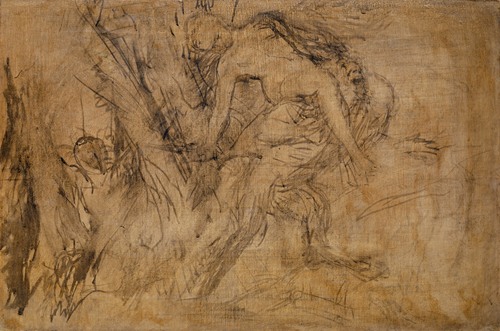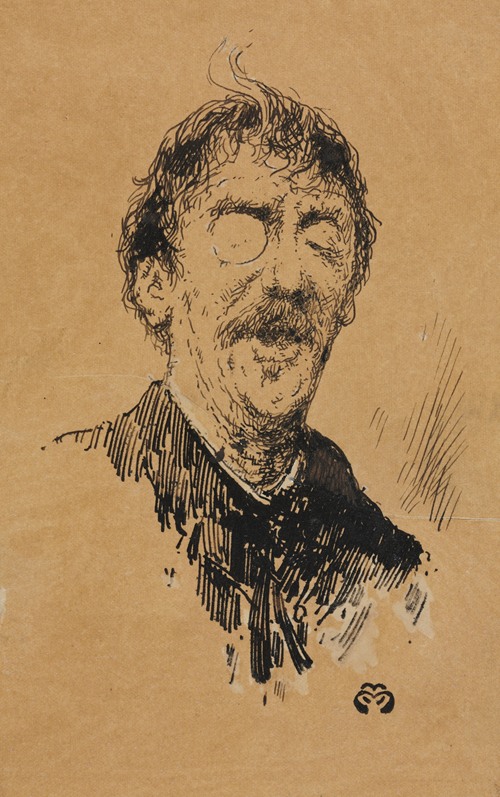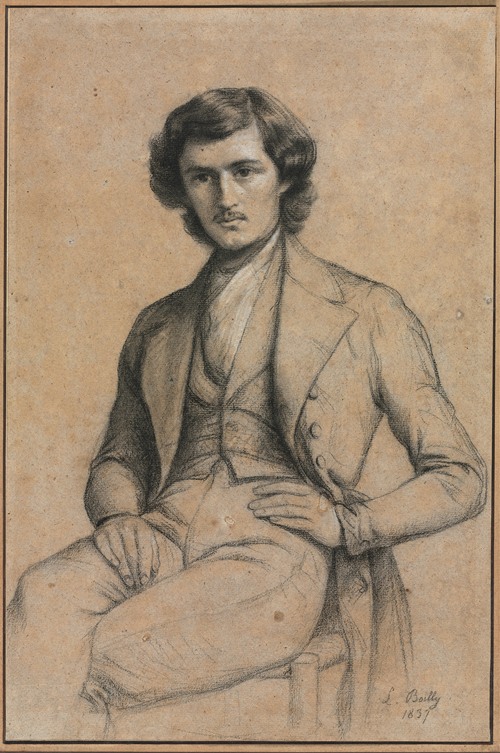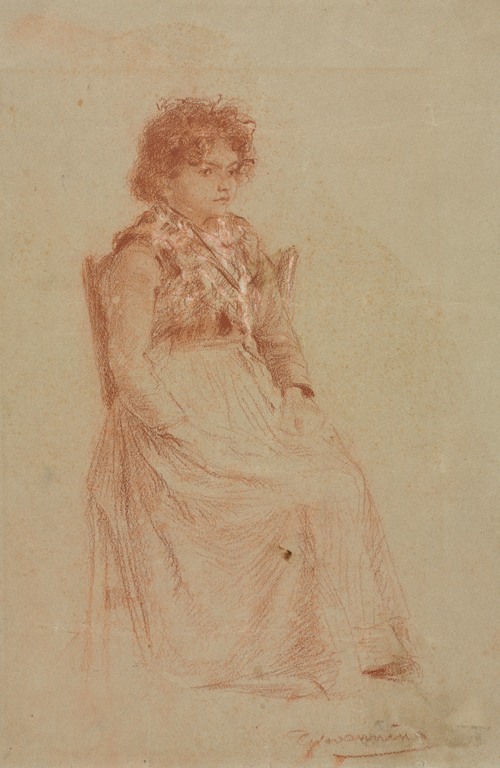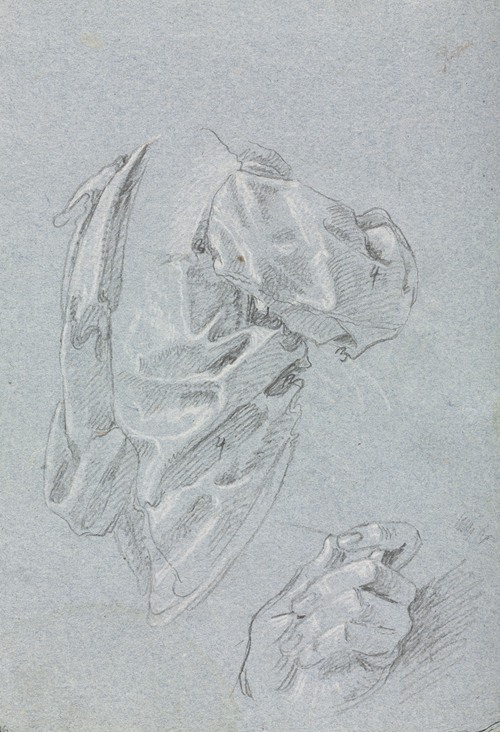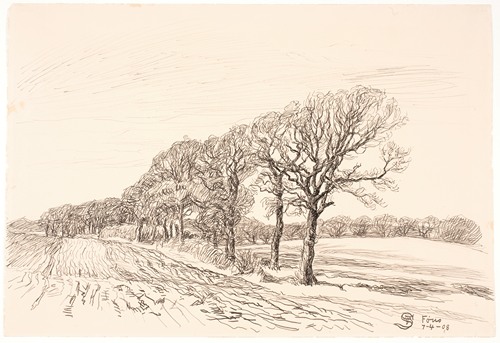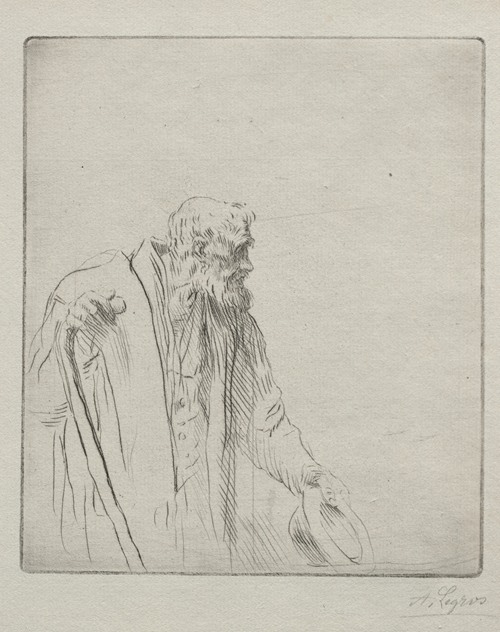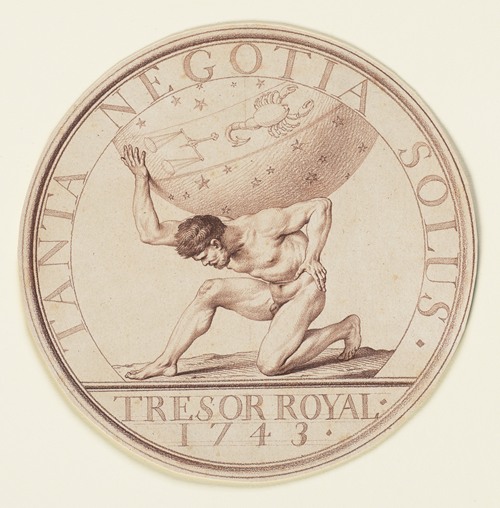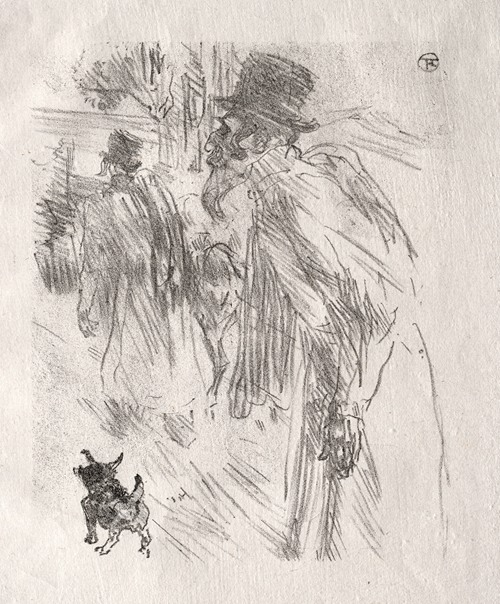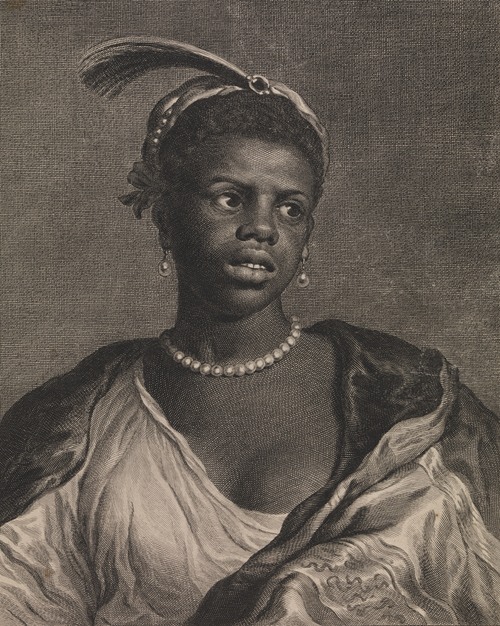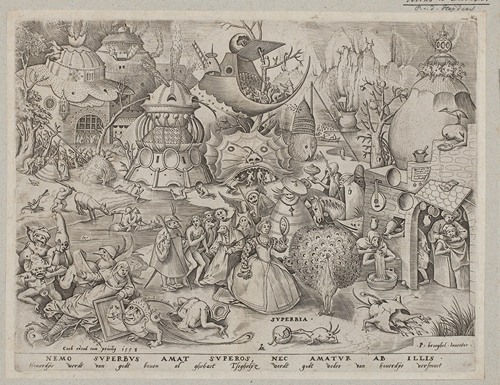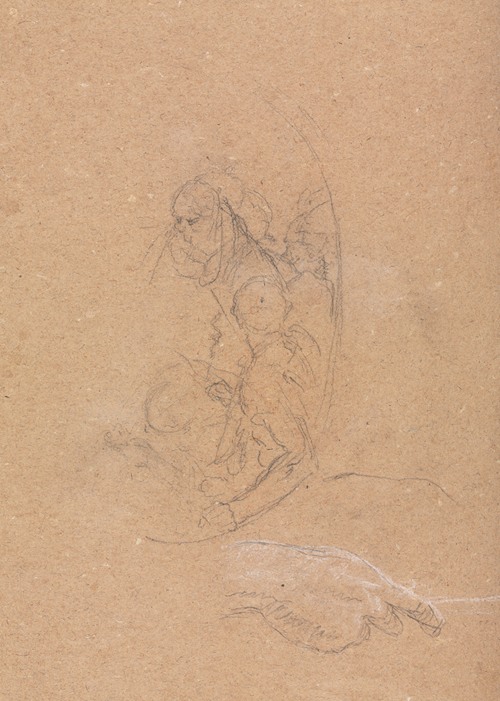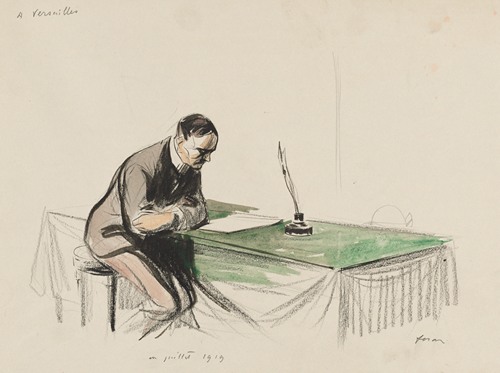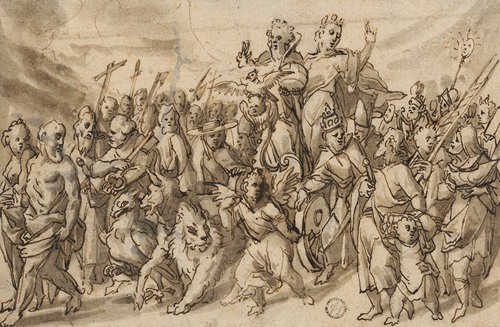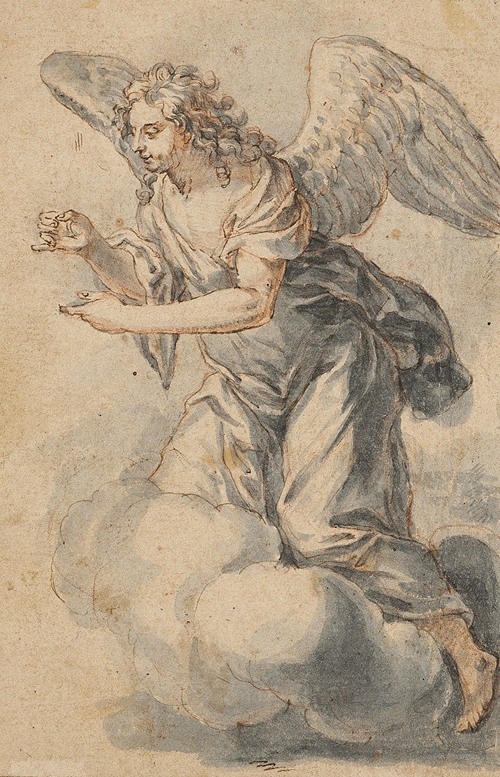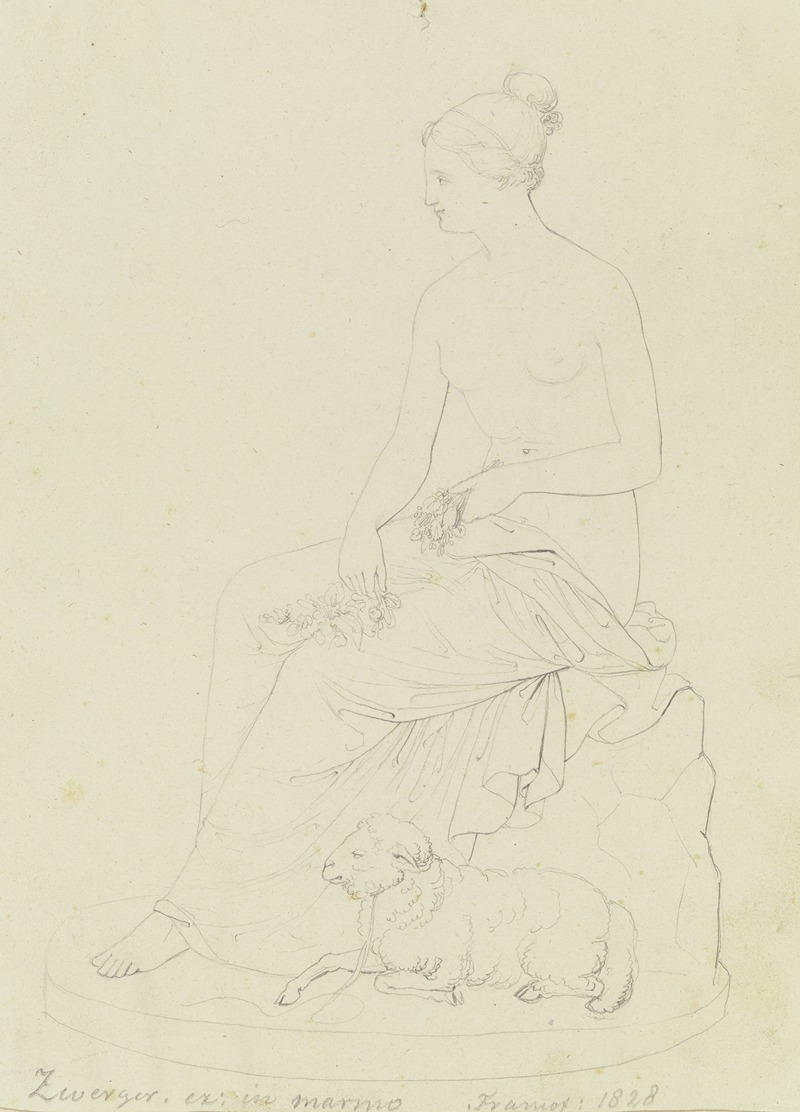
Johann Nepomuk Zwerger was a German sculptor and university lecturer.
The son of a government employee, he attended grammar school in Donaueschingen. A scholarship from Prince von Fürstenberg enabled him to spend time in the Stuttgart studio of Johann Heinrich Dannecker, where he learned the craft of sculpture. There he also met the Danish sculptor Bertel Thorvaldsen in 1819, whom he visited in Rome in 1823. He was commissioned by him to create a marble statue of St. Mark the Evangelist for the burial chapel of Queen Catherine's Württemberg in Rotenberg based on his sketch.
In the years that followed, he produced further marble works, which he brought to the Städel Art Institute in Frankfurt am Main in 1830, where he was given a teaching position for modeling and sculpture. His relationship with the Städel increasingly drew him from Stuttgart to Frankfurt. The institute awarded him a professorship and held a jubilee celebration in his honor in 1854 for his services to the institute. Zwerger worked as a teacher at the Städel until the spring of 1866, when he resigned for reasons of age. He died two years later in his Swabian homeland and was buried in the Uffkirchhof cemetery in Cannstatt (although the grave in section F - now section 10 - has been occupied since 1913, most recently by a member of the Daimler family).
In addition to his teaching activities, Zwerger mainly produced portrait busts, such as that of the Rotteck monument in Freiburg. Other works included a colossal stone crucifix with Mary and John in Frankfurt's new main cemetery (1840), which was later followed by two angel heads for the portal, as well as three sandstone figures for the Frankfurt Stock Exchange. Under his direction, the sculpture of Charlemagne begun by the Frankfurt sculptor Karl Eduard Wendelstadt (1815-1841) was completed after Wendelstadt's death, which was placed on a central pillar of the Old Bridge in Frankfurt until its demolition in 1914, then stood in front of the Historical Museum until 2011 and has found its place in the permanent exhibition since the opening of the new building in 2017. A replica of the original has stood on the Old Bridge since 2016.
